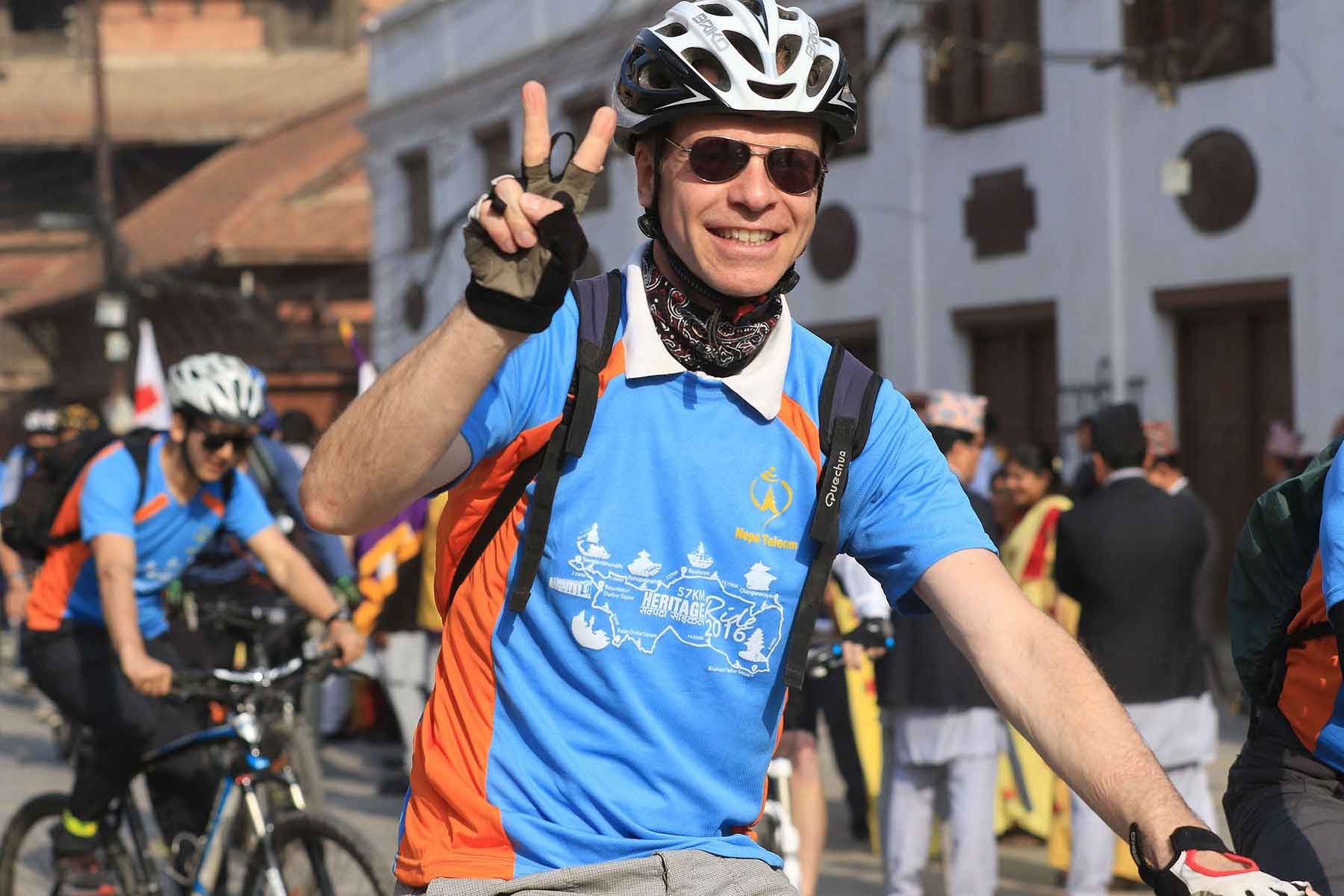In the past decade, we have all diverted a lot of energy to conserving the tangible heritage of the Kathmandu valley. The three Malla period palaces, Pashupati and Changu Narayan and the two great stupas, Swayambhu and Boudhha have received their fair share of attention and resources. What we have not done very well is do more to protect and preserve the intangible heritage. The Oxford dictionary defines Pragya as “wisdom but closer in meaning to insight”. It goes on to describe Pragya as the faculty which apprehends the truth of Buddhist teachings. In the Abhidharma, it is classified as one of the mental functions. It is something everyone has but must be cultivated and nurtured.
 In many Buddhist bahas one of the rituals performed is the daily or monthly reading of the Pragya Paramita - the perfection of wisdom or insights. The Mahayana Buddhist practice, the Pragya Paramita or the perfection of wisdoms or insight is the central and key element. This is the knowledge and associated skills that put one onto the path that leads to emptiness- detachment and ultimately an end of suffering. There are historic records that show the texts go back as far as 100 BC.
In many Buddhist bahas one of the rituals performed is the daily or monthly reading of the Pragya Paramita - the perfection of wisdom or insights. The Mahayana Buddhist practice, the Pragya Paramita or the perfection of wisdoms or insight is the central and key element. This is the knowledge and associated skills that put one onto the path that leads to emptiness- detachment and ultimately an end of suffering. There are historic records that show the texts go back as far as 100 BC.
The beauty of our heritage is that we have managed to preserve the traditions, the rituals, the book and the “words” of the Buddha. What we have not done so well is to understand them, appreciate and internalize them and then live by them. Sprinkling rice, offering flowers, lighting a butter lamp is all good; but does not quite go far enough. It is really encouraging to see that the young have a curious mind and they seek understanding and have a more questioning culture. It is only if and when we can preserve this intangible, will the tangible “objects” have any real meaning. Artists are doing their part to restore and revive the tangible. It is urgent to spend more time and energy for the intangible. The Pragya Paramita and its various chapters or sections are also depicted in art form as goddesses and we can see them adorning the beautiful torans over the entrance to the bahas. In Thamel baha and Itum baha of Kathmandu, the entire Pragya Paramita in 100,000 slokas (verses) is recited each year.
The valley used to have a tradition of “teaching” the contents of these sutras each afternoon to the public and that is how many of us have grown up with the oral documentations of the life and teachings of the Buddha. These were usually open air classrooms where a very eloquent speaker would tell stories and share content. Now perhaps we need to take it to a whole new level. Translations may be an issue, but it can be done. MP3, DVD, pen drive, 3D all and any media can be used. While Pragya refers to wisdom and insight, it is a combination of knowledge and skills. Knowledge is represented in iconography as the “male” and the female is upaya or skillful means. It is the combination, literally and figuratively of the two that gets us on the path to the end of the suffering. The point is, the books are there, there are people who can read and translate them, we need to get more to read and understand and live by the teachings of the enlightened one.











